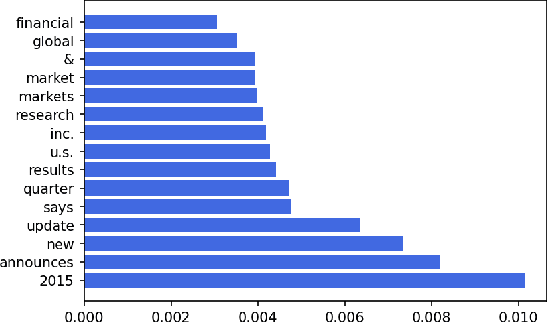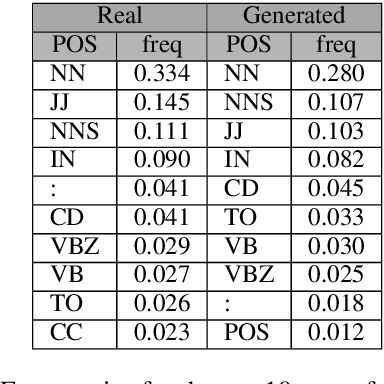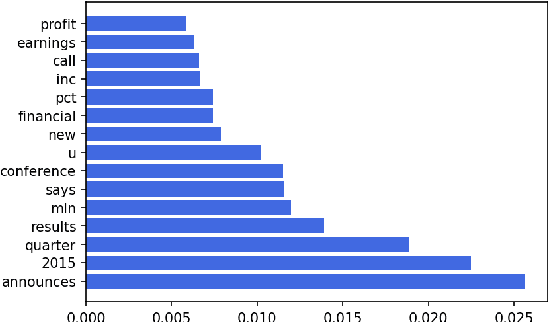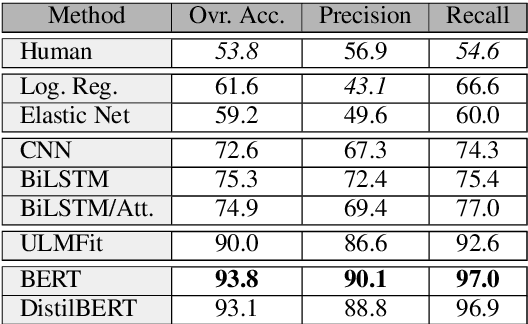Hinrich Schutze
Language Models with Rationality
May 23, 2023



Abstract:While large language models (LLMs) are proficient at question-answering (QA), the dependencies between their answers and other "beliefs" they may have about the world are typically unstated, and may even be in conflict. Our goal is to uncover such dependencies and reduce inconsistencies among them, so that answers are supported by faithful, system-believed chains of reasoning drawn from a consistent network of beliefs. Our approach, which we call REFLEX, is to add a "rational", self-reflecting layer on top of the LLM. First, given a question, we construct a belief graph using a backward-chaining process to materialize relevant model "beliefs" (including beliefs about answer candidates) and the inferential relationships between them. Second, we identify and minimize contradictions in that graph using a formal constraint reasoner. We find that REFLEX significantly improves consistency (by 8%-11% absolute) without harming overall answer accuracy, resulting in answers supported by faithful chains of reasoning drawn from a more consistent belief system. This suggests a new style of system architecture, in which an LLM extended with a rational layer of self-reflection can repair latent inconsistencies within the LLM alone.
Enriching a Model's Notion of Belief using a Persistent Memory
Apr 16, 2021


Abstract:Although pretrained language models (PTLMs) have been shown to contain significant amounts of world knowledge, they can still produce inconsistent answers to questions when probed, even after using specialized training techniques to reduce inconsistency. As a result, it can be hard to identify what the model actually "believes" about the world. Our goal is to reduce this problem, so systems are more globally consistent and accurate in their answers. Our approach is to add a memory component - a BeliefBank - that records a model's answers, and two mechanisms that use it to improve consistency among beliefs. First, a reasoning component - a weighted SAT solver - improves consistency by flipping answers that significantly clash with others. Second, a feedback component re-queries the model but using known beliefs as context. We show that, in a controlled experimental setting, these two mechanisms improve both accuracy and consistency. This is significant as it is a first step towards endowing models with an evolving memory, allowing them to construct a more coherent picture of the world.
Transformers Are Better Than Humans at Identifying Generated Text
Sep 29, 2020



Abstract:Fake information spread via the internet and social media influences public opinion and user activity. Generative models enable fake content to be generated faster and more cheaply than had previously been possible. This paper examines the problem of identifying fake content generated by lightweight deep learning models. A dataset containing human and machine-generated headlines was created and a user study indicated that humans were only able to identify the fake headlines in 45.3% of the cases. However, the most accurate automatic approach, transformers, achieved an accuracy of 94%, indicating that content generated from language models can be filtered out accurately.
 Add to Chrome
Add to Chrome Add to Firefox
Add to Firefox Add to Edge
Add to Edge